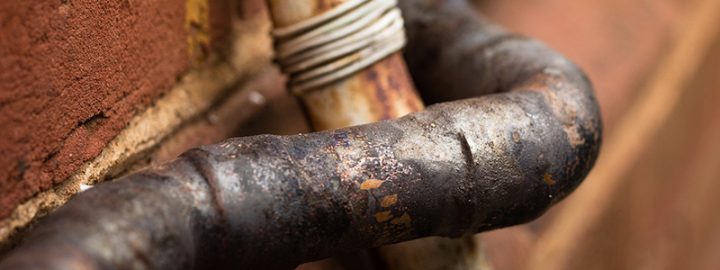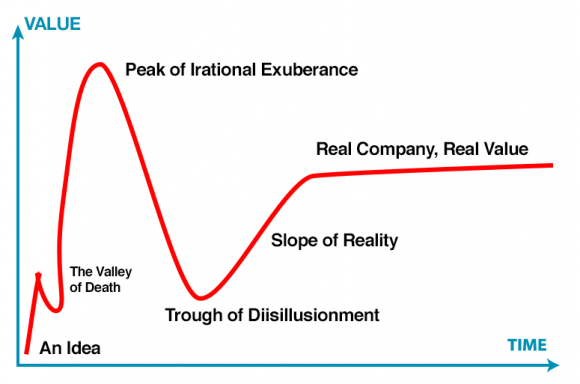
I’ve been teaching first time entrepreneurs about the importance of accounting and financial management for the last decade, and frustrated that whole time that most don’t grok the importance until they hit a financial crisis in their own startup.
So let’s try something new… and talk about leaky pipes.
The model/analogy to think about is a building, with a water tank on the roof (New York City style) and a tap somewhere near the back door with a bucket underneath.
The water tower represents the company’s bank account. VC funded companies are hooked up to the city water supply and have as much water as they want. For everyone else, run out of water and it’s game over.
The tap represents the company’s profits, and the bucket is collecting those profits.
All good so far… except that tenants keep using the water. All those tenants represents your employees, vendors, and other expenses. You can spend your time asking them to conserve water (a.k.a. lowering their costs) but they’ll only conserve so much and meanwhile your tank is getting empty.
You can spend all your time working to fill the tank (a.k.a. making sales), and when that is going well, you don’t care nor manage how much your tenants are using, and you certainly don’t notice that the pipes are also leaking. Leaks in this model are the dozens of inefficiencies inside your company.
How best to manage this water supply? On a daily basis check the level of the tank, but more often open the tap near the back door and check how fast the water is running.
That may sound odd, but this is the equivalent of watching your profit margins. Seeing water trickle out of the tap is the equivalent of seeing that the company is running with cashflows above breakeven, i.e. with money left over that can be dumped back into the tank. But note there is a difference between a trickle and a torrent. If the water is gushing from that tap, the tenants can’t be using up most of the water not can can there be huge leaks in the pipes.
You do have to occasionally check everything, the water level, the tenants’ water meters, signs of leaks, and the tap near the back door, as plumbing can fail just like startup finances. But checking everything once a year just isn’t good enough.
If the level of the tank is the same as last year… why? Looking at the plumbing annually won’t tell you why.
If the flow at the tap seems slower than six months ago… why? Checking for leaks every month would have caught that three or four or six months ago.
If you are checking everything on a monthly basis, not only do you catch those leaks sooner, but something novel happens… you suddenly have the ability to predict the future. If you have accurate data from the water level, water meters, and tap, you can use those values to predict what is likely to happen a month, a quarter, and a year from now, and with that better predict which area will need your attention next, catch issues sooner, and across the coming year, have a far higher chance of not just not running out of water but having a torrent of water gushing out the profits tap.
All these lessons I’ve been teaching about financials seem to be confusing backwards-looking bookkeeping with forward-looking financial management. You do the bookkeeping and accounting so that you can better know the future. So that you can better manage tomorrow, next week, next month, and next quarter.
The pipes inside startups leak a lot more than the pipes inside buildings. And with that, startups fail a lot more often than buildings. Manage accordingly.















